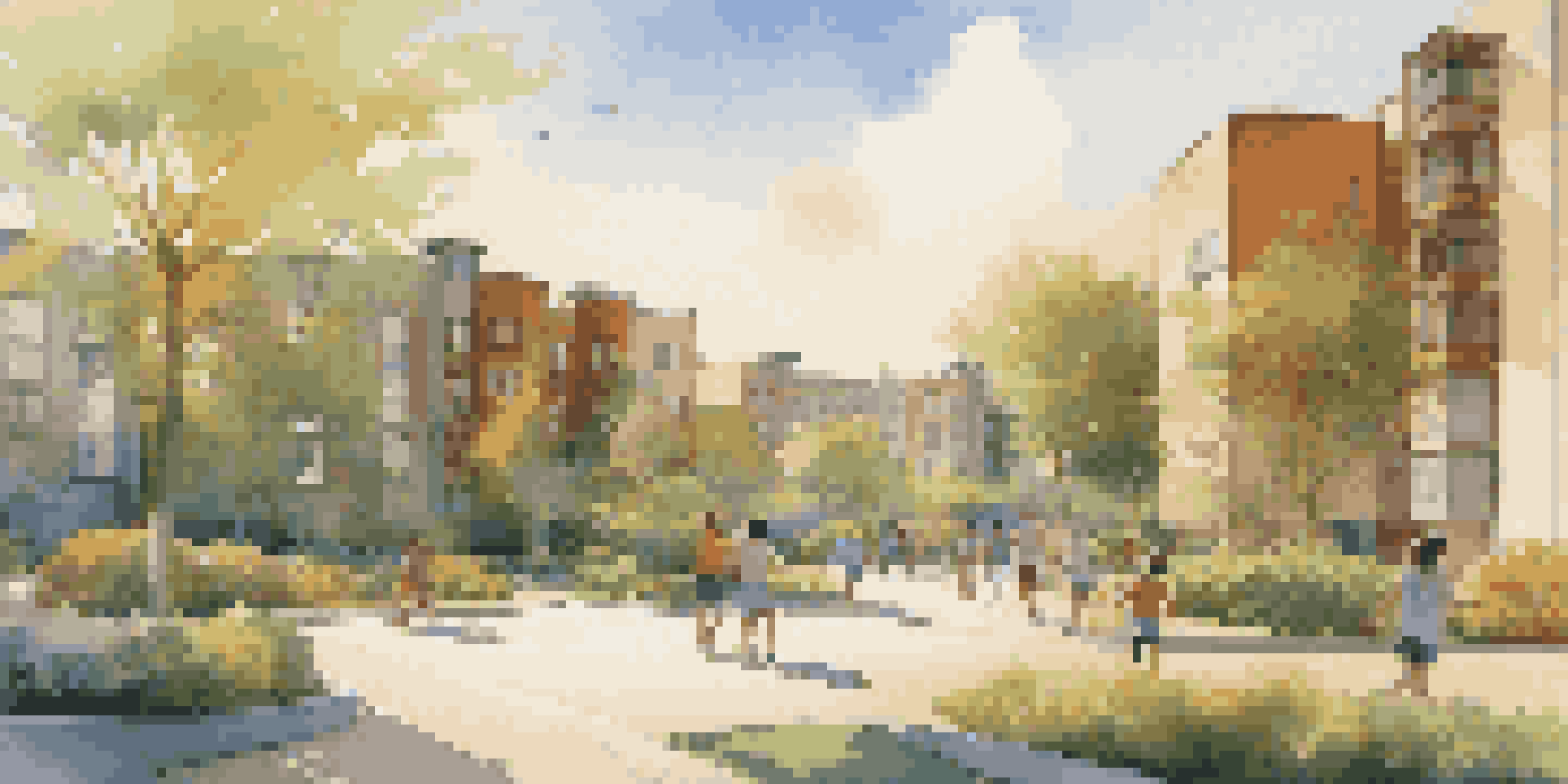The Impact of Interest Rates on Housing Development Costs

Understanding Interest Rates and Their Fluctuations
Interest rates represent the cost of borrowing money, often influenced by central banks’ monetary policy. When interest rates rise, borrowing becomes more expensive, which can deter potential homebuyers and developers alike. Conversely, lower interest rates can stimulate the housing market by making financing more affordable. Understanding these fluctuations is crucial for anyone involved in housing development, as they directly affect overall project costs.
How Interest Rates Affect Construction Financing
Construction projects typically require substantial financing, and this is where interest rates play a pivotal role. When developers secure loans to fund construction, higher interest rates increase monthly payments, squeezing profit margins. This can lead developers to reconsider or delay projects if the financing terms are unfavorable. On the flip side, low interest rates may encourage more construction activity, leading to a robust housing market.
Interest Rates Impact Borrowing Costs
Higher interest rates increase the cost of borrowing, which can deter homebuyers and developers from pursuing new projects.
The Ripple Effect on Housing Prices
Rising interest rates can lead to increased housing prices, which may seem counterintuitive. As borrowing becomes pricier, developers may pass those costs onto homebuyers. This can create a cycle where higher prices further limit the pool of potential buyers, which may stall sales and development. Ultimately, the interplay between interest rates and housing prices is a delicate balance that can shape entire neighborhoods.
Impact on Risk Assessment for Developers
Interest rates also influence how developers assess risk in their projects. Higher rates often signal a more uncertain economic environment, prompting developers to be more cautious with new projects. This risk aversion can slow down development and reduce the number of new homes entering the market. As developers adjust their strategies, the impact of interest rates can lead to changes in supply and demand dynamics within the housing sector.
Interest Rates Influence Housing Prices
As borrowing costs rise, developers may pass increased expenses onto homebuyers, potentially leading to higher housing prices.
Long-Term vs. Short-Term Interest Rates
It’s important to distinguish between short-term and long-term interest rates when discussing housing development. Short-term rates often affect immediate financing options for developers, while long-term rates impact the overall cost of capital for projects. A rise in long-term rates can deter investment in housing since developers must plan for years ahead. Understanding this difference helps stakeholders make informed decisions about when to invest in housing development.
Influence of Economic Factors on Interest Rates
Interest rates are not solely determined by the decisions of central banks; they are also influenced by broader economic factors such as inflation and employment rates. During periods of economic growth, interest rates may rise to prevent overheating, impacting housing development costs. Conversely, in times of economic downturn, rates might be lowered to encourage borrowing and spending. This interplay underscores the importance of being aware of economic indicators when planning housing projects.
Developers Must Adapt Strategies
In response to fluctuating interest rates, developers need to adjust their project strategies and financial planning to mitigate risks.
Adjusting Strategies in Response to Interest Rate Changes
Developers must remain agile, adapting their strategies based on changing interest rates. This could mean reevaluating project budgets, exploring alternative financing options, or even altering project timelines. Engaging with financial advisors and market analysts can provide valuable insights, helping developers navigate these shifts effectively. By staying informed, they can mitigate risks and seize opportunities presented by fluctuating interest rates.
The Future of Housing Development Amid Interest Rate Changes
Looking forward, the relationship between interest rates and housing development costs will continue to evolve. As economic conditions shift and new policies emerge, developers must stay vigilant to understand potential impacts on their projects. Innovations in financing and construction could also emerge as responses to these changes. Ultimately, housing development will remain a dynamic field, requiring ongoing adaptation to ensure success in an ever-changing landscape.